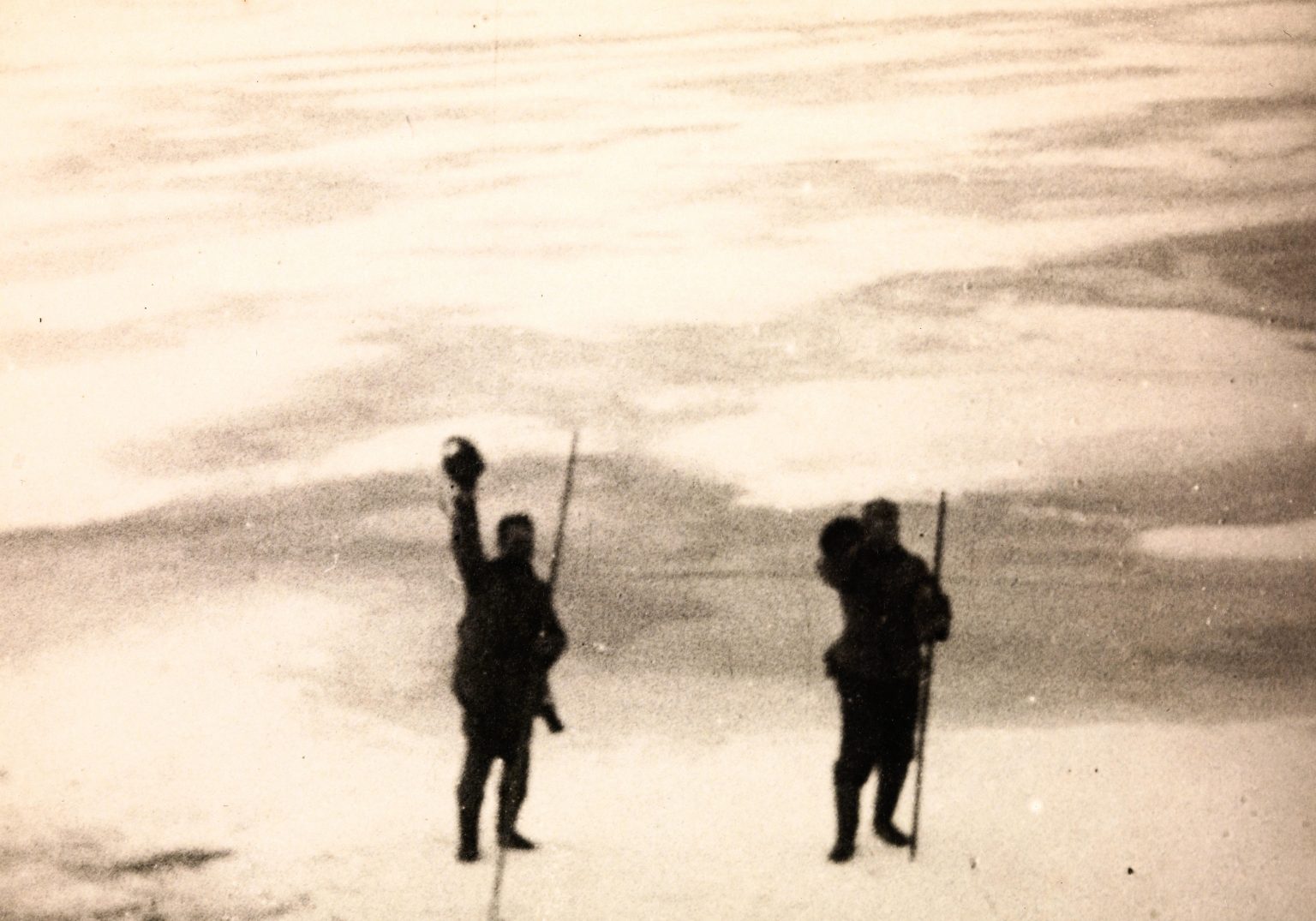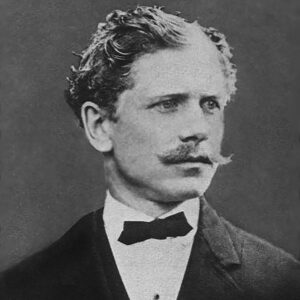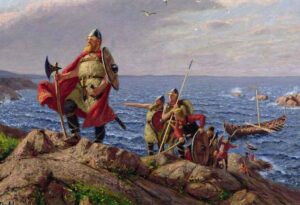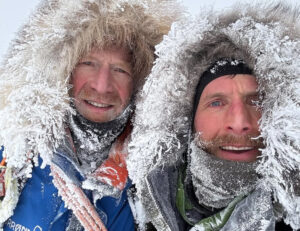In 1919, Peter Tessem could not bear his chronic headache and insomnia any longer. The Maud expedition was stuck in thick ice, with little hope of continuing for quite some time. Tessem, accompanied by Paul Knutsen, made the bold decision to venture out into the white nothing. They were never seen again.

Background
The pair’s disappearance had nothing to do with incompetence. They possessed key skills for an arctic expedition. Tessem was a carpenter and Knutsen was an engineer and an adept seaman. The former was part of the 1903-1905 Ziegler Polar Expedition and his companion participated in expeditions to the Kara Sea with Norwegian explorer Otto Sverdrup.
In 1918, the two men embarked on the Maud expedition with legendary Norwegian explorer Roald Amundsen.

Paul Knutsen. Photo: Fram Museum
But the expedition took a rough turn when thick ice trapped the ship. It might take months before they could move on. Tessem refused to stay on the boat and decided to take his leave of the company. Amundsen did not want him to go alone and initially asked expedition cook Emanuel Tonnesen to accompany him. Later, he instead chose Knutsen because of his expertise and knowledge of the area from previous expeditions.
On Oct. 15, 1919, the pair set out for a telegraph station on Russia’s Dikson Island with the following supplies: a tent, a sledge, five dogs, food, fuel, weapons, scientific records, mail, and navigation instruments. Their 800km journey was meant to take a month.
The disappearance
When the two men did not show up at their destination in March 1920, preparations for a search-and-rescue mission began.
Otto Sverdrup attempted a search but encountered too much ice. Ship captain Lars Jakobsen also failed to find the men. Two years later, a Soviet search team managed to find a few clues.

Peter Tessem. Photo: Fram Museum
They came across a letter written in mid-November 1919, which confirmed the two were doing well and traveling past Mys Vil’da, about halfway to Dikson. This gave the rescue team some hope that they might find Tessem and Knutsen alive. However, those hopes were dashed when they found the pair’s sledge. The search later turned up a burned skull, bones, and personal effects. But we are not sure if this was Knutsen or Tessem.
Other expeditions in 1922 found skis, a corpse buried with a makeshift cross, a watch bearing Tessem’s name, a wedding ring with Tessem’s wife’s name, and other small artifacts. The mail, records, and other equipment were discovered near Dikson Island and by the Uboynaya River. Only one body turned up. The other is still missing.
Theories
According to Canadian historian William Barr, who produced a thorough analysis of the pair’s last days, Knutsen died first, followed by Tessem. He believes they first found difficulty after leaving Mys Vil’da when they somehow lost their dogs.
Weather conditions could have worsened, forcing them to abandon their sledges and continue on foot. Barr thinks this could explain their scattered belongings.
The first charred body is unlikely to be either of the men. He carried French paraphernalia, which were unlikely items for two Norwegian men. This body could be from the ill-fated 1912 Rusanov Expedition.

Roald Amundsen, an iconic figure during the Heroic Age of Antarctic Exploration.
The second body, found close to Dikson Island, was almost certainly Tessem because of the watch and wedding ring. This suggests Knutsen buried him. The location of Knutsen’s body remains unknown.
But how did the pair perish so close to their goal? Perhaps there was a freak accident. Some have suggested a struggle between the two men, resulting in the death of one and the other dying from natural causes later. However, considering the personalities of the men, who were both considered honorable team players, this seems farfetched.






